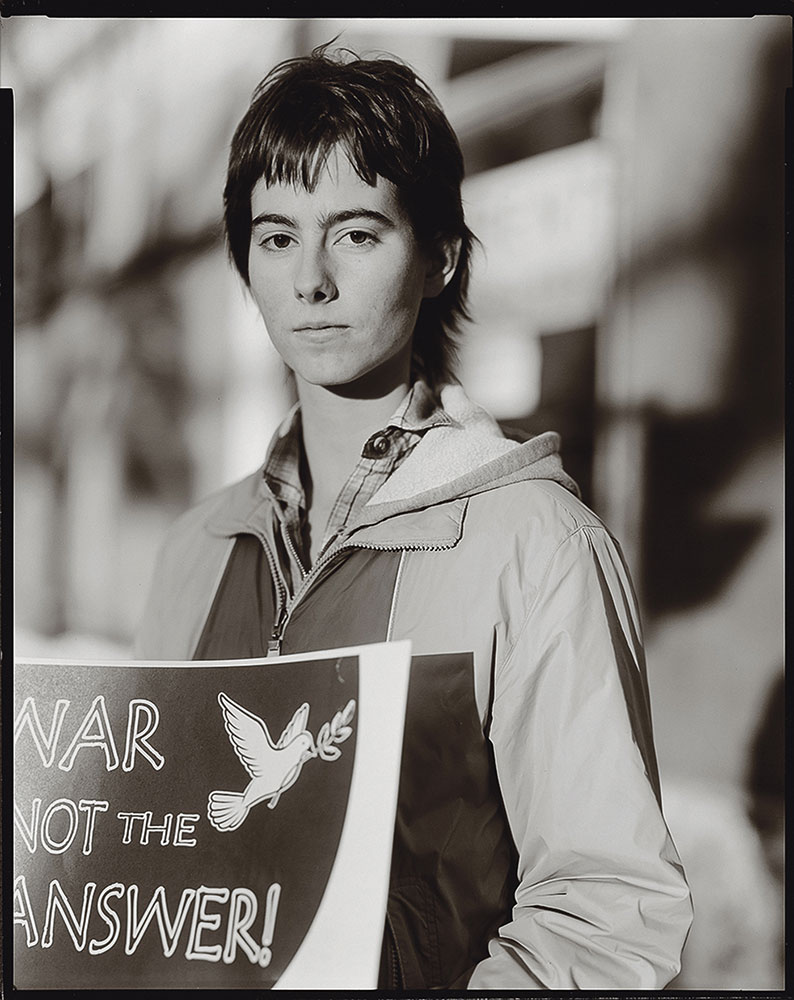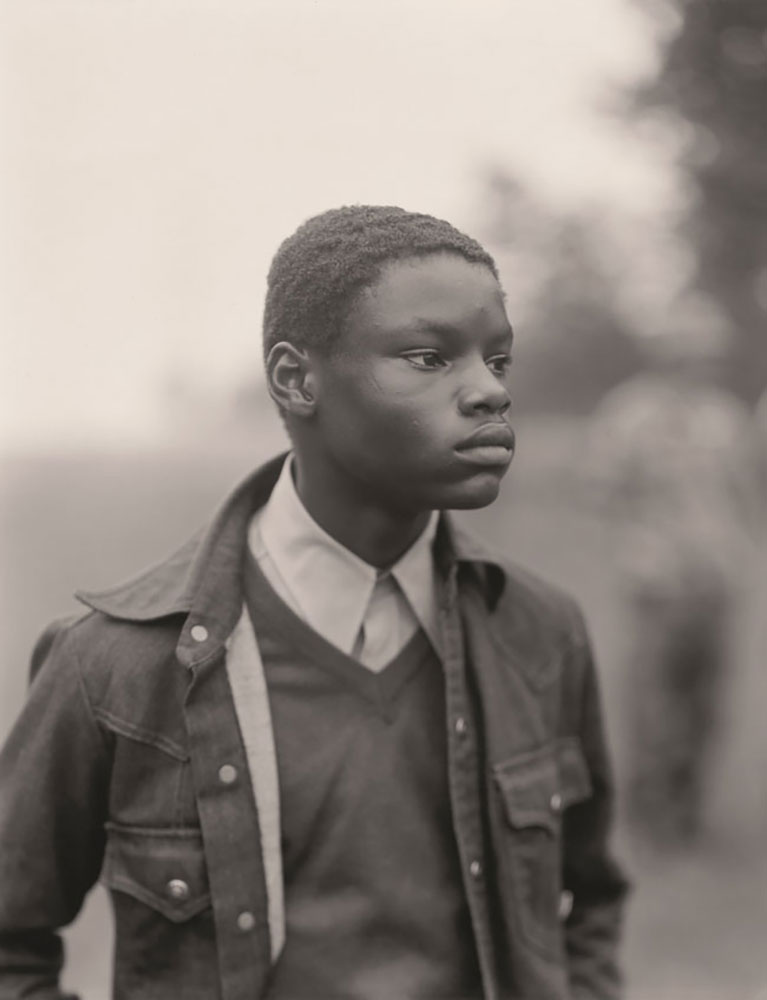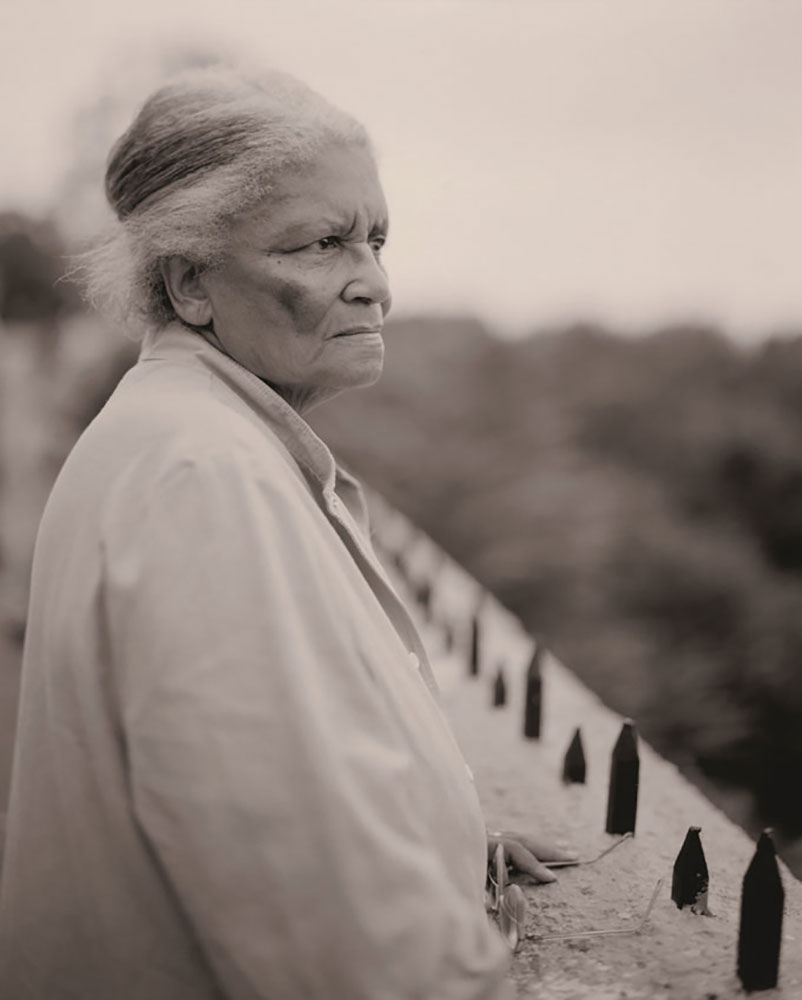PHOTO:Judith Joy Ross
 During her career, Judith Joy Ross has worked principally in the genre of portraiture. For her, making portraits is a way to understand the emotional truths of those around her. She does not work in the studio, but in the street and other public spaces. Her portraits are largely made in the context of series, or what the photographer herself calls “occasions”.
During her career, Judith Joy Ross has worked principally in the genre of portraiture. For her, making portraits is a way to understand the emotional truths of those around her. She does not work in the studio, but in the street and other public spaces. Her portraits are largely made in the context of series, or what the photographer herself calls “occasions”.
By Dimitris Lempesis
Photo: Fundación MAPFRE Archive
The largest retrospective to date of photographer Judith Joy Ros explores the artist’s photographic archive developed over the past 40 years. Ross’s work, principally focused on portraiture since 1979, is pivotal to the genre. “With a camera, I can come to see and make sense of it all” the artist has said. Once she realized that photography helped her to better understand the world she lived in, she relentlessly relied on the medium in order to respond to existential concerns: how to approach loss, how does one’s identity form and develop, why is life worth living, and why does injustice or the barbarism of war exist, among other questions. Ross does not wander in search of subjects, nor does she bring people into the studio. Her method of working usually consists in what the photographer herself calls “occasions”. The exhibition, comprised of 200 photographs as well as archival materials, unfolds chronologically over nine sections that chart a wide panorama of the artist’s key projects. It also includes a considerable number of previously unpublished works and individual photographs independent of Ross’s principal series. All of the photographs come from the artist’s personal archive.
Judith Joy Ross was born in 1946 in the coal-mining city of Hazleton, Pennsylvania. She began her studies in 1964 at Philadelphia’s Moore College of Art & Design and graduated with a master’s degree in photography in 1970 from the Institute of Design in Chicago. In 1984 at a portfolio review she met John Szarkowski, the Director of the Department of Photography at The Museum of Modern Art (MoMA) in New York City, and soon afterwards he acquired two of her photographs for the museum’s collection. The following year she was included in the inaugural New Photography exhibition at MoMA and in 1992 she won the Charles Pratt Memorial Prize. In 1993 she had a solo exhibition at the San Francisco Museum of Modern Art (SFMOMA) and her photographs were included in group exhibitions at the National Gallery of Canada, Ottawa, and at the Lillehammer Art Museum, Norway. In 2006 the Yale University Art Gallery published “Portraits of the Hazleton Public Schools”, the first full treatment of one of Ross’s series. During this time she focused increasingly on photographing subjects at anti-war demonstrations. Over the following years Ross showed work in solo and collective exhibitions at Pace/MacGill Gallery in New York, at the Josef Albers Museum Quadrat in Bottrop, Germany, and SFMOMA. Her first retrospective took place in 2009 at the Davison Art Center at Wesleyan University in Middletown, Connecticut, which was followed by another in 2011 at Die Photographische Sammlung/SK Stiftung Kultur in Cologne, Germany. In 2017 Ross won the Lucie Award for Achievement in Portraiture.
Photo: Judit Joy Ross, Untitled, Eurana Park, Weatherly, Pensilvania, 1982. © Judit Joy Ross, Courtesy the artist and Fundación MAPFRE
Info: Curator: Joshua Chang, Fundación MAPFRE, Paseo de Recoletos, 23, Madrid, Spain, Duration: 24/9/2021-9/1/2022, Days & Hours: Mon 14:00-20:00, Tue-Sat 11:00-20:00, Sun 11:00-19:00, www.fundacionmapfre.org






